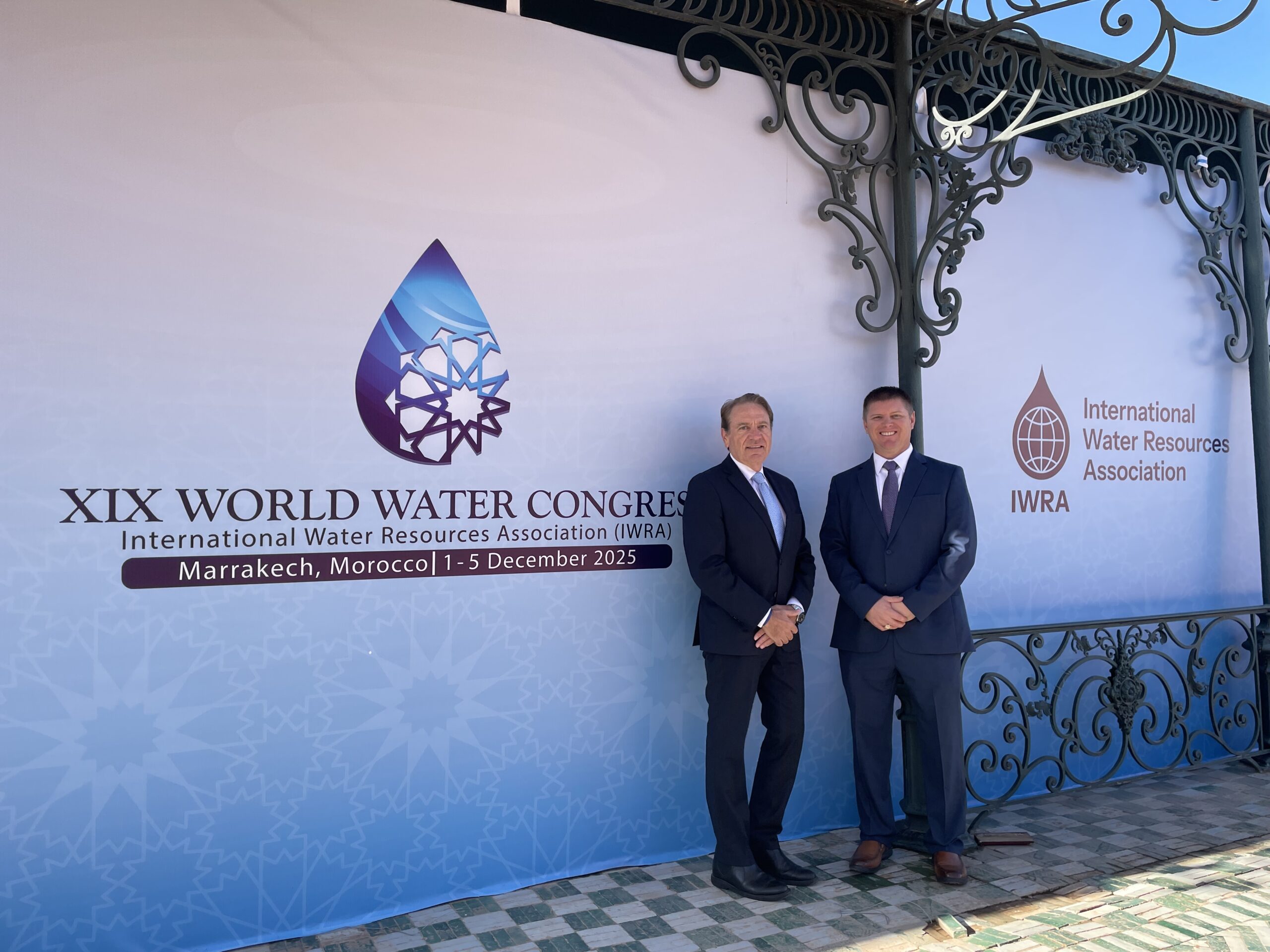
News
Stay informed about Texas water research and education with TWRI’s news team.
-
Medina River watershed protection meeting set for Jan. 22 in Castroville

The Texas Water Resources Institute, TWRI, invites stakeholders to the next quarterly public community meeting for implementation of the Medina River below Diversion Lake Watershed Protection Plan, WPP, Jan. 22 in Castroville.
-
Bridging the gap between green stormwater infrastructure research and implementation

Despite the numerous advantages of green stormwater infrastructure, implementation is not widespread in Texas. What are the barriers preventing implementation and what can be done to address them?
-
Research roundup: recent water research from around Texas

Catch up on the latest peer-reviewed research on Texas water from throughout the state.
-
How to manage feral hogs and help protect the Matagorda Basin
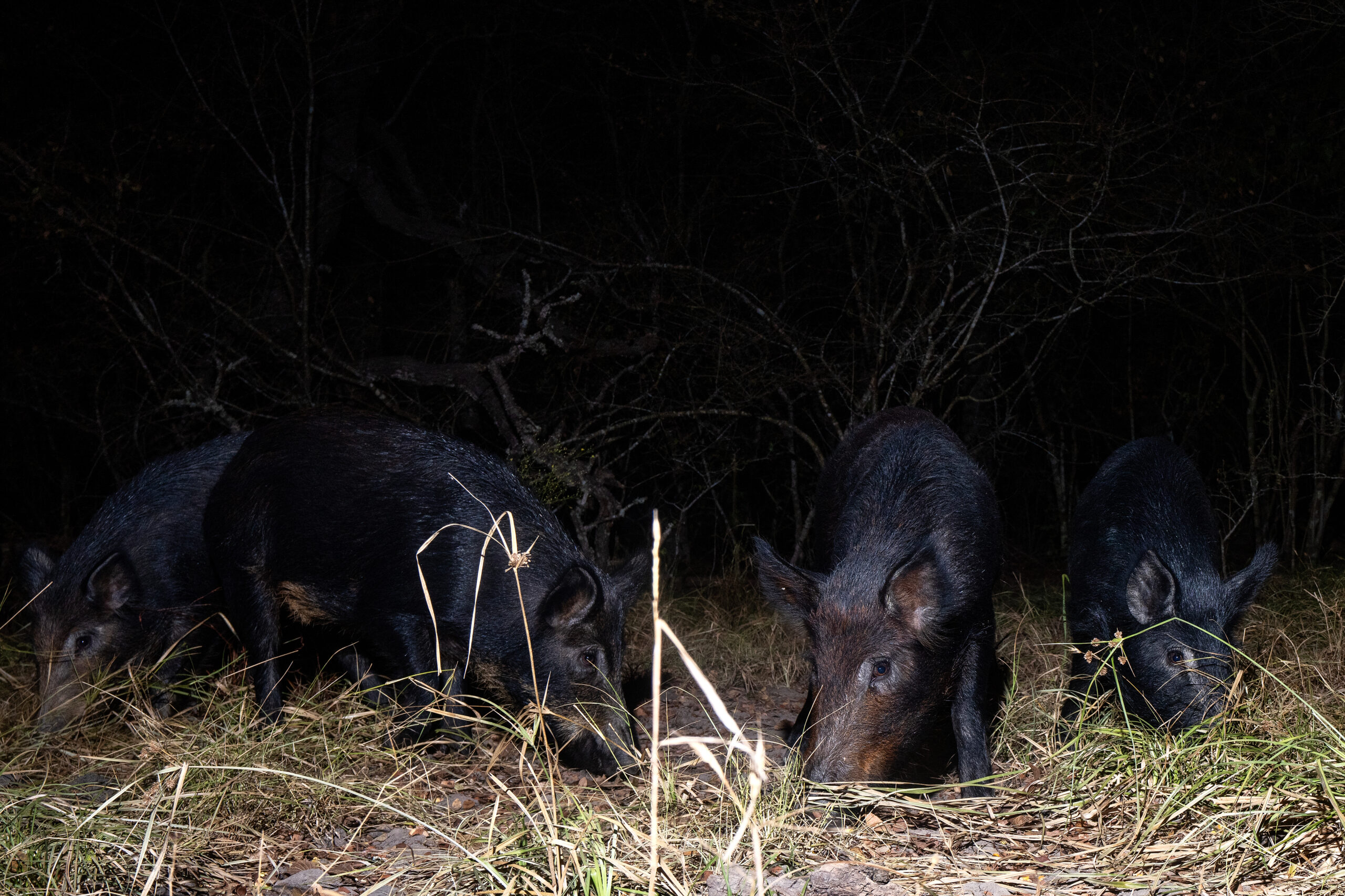
Feral hogs are invasive, destructive animals. Without proper management, they can cause damage to crops, waterways, and homes. So, what can landowners in the Matagorda Basin do to manage them?
-
Research roundup: recent water research from around Texas
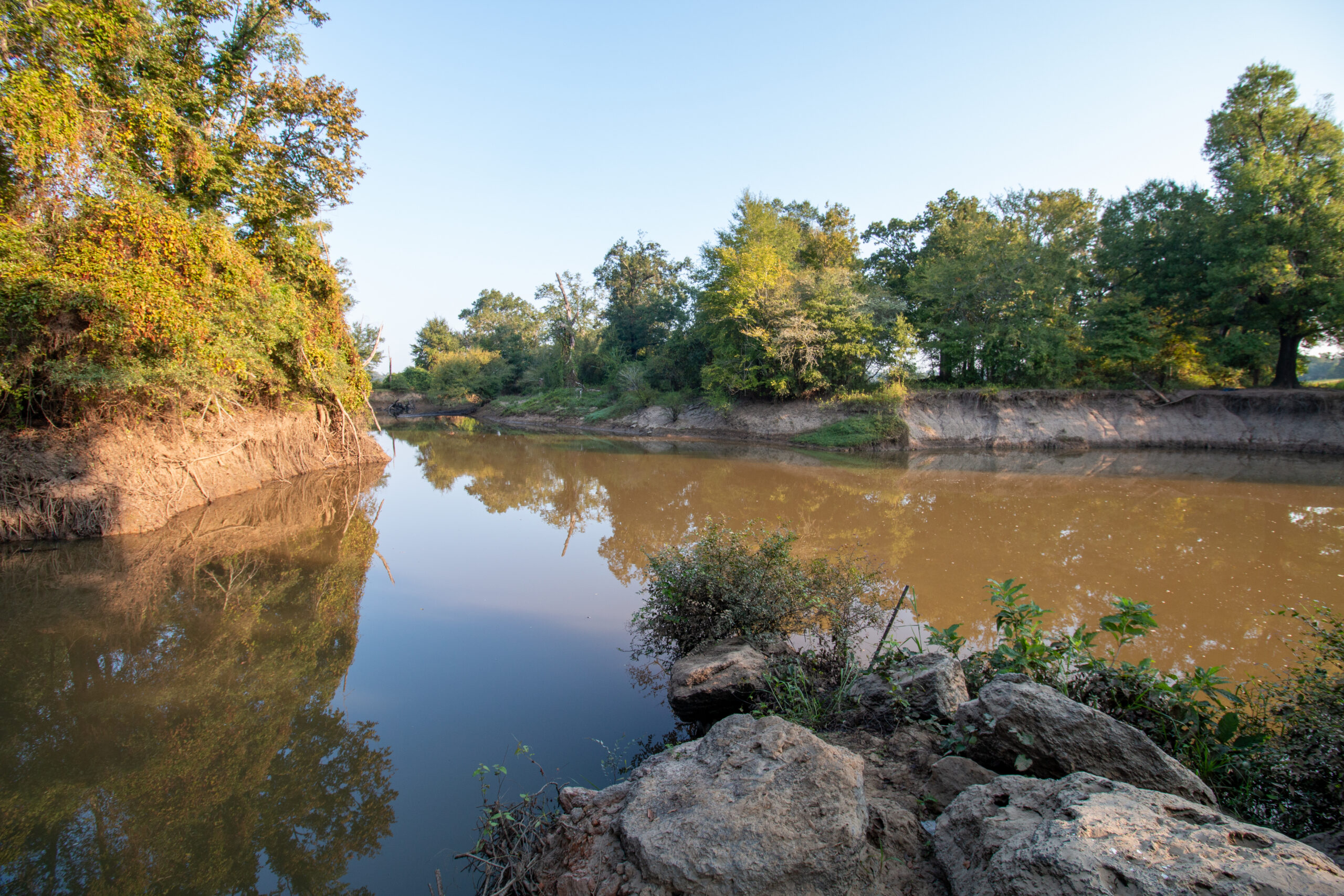
Catch up on the latest peer-reviewed research on Texas water from throughout the state.
-
Free soil health field day for producers Nov. 22 in Devine

The “Soil Health Through Drought and Flood Field Day” will help landowners build pasture resilience.
-
Davidson Creek Final Public Planning Meeting
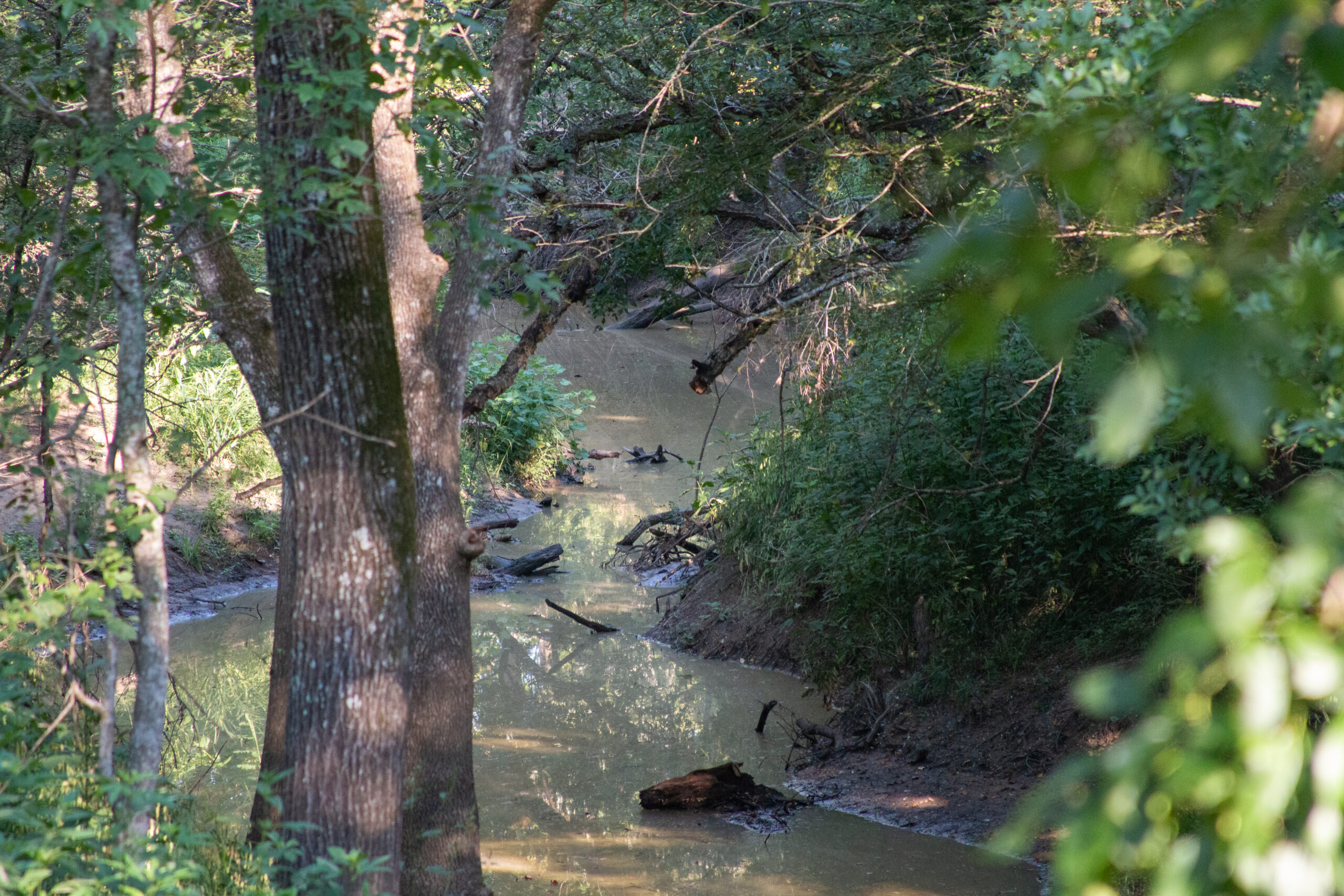
Local stakeholders invited to help improve local water quality.
-
Rainwater harvesting and turf management training set for November 6 in Weslaco
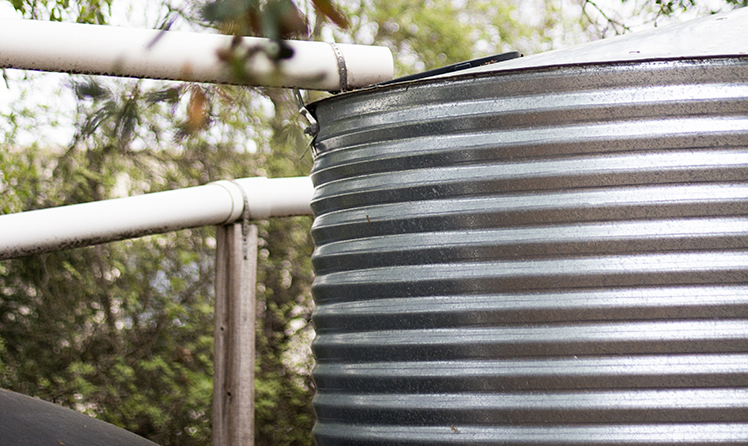
Texas A&M AgriLife Extension Service’s Healthy Lawns and Healthy Waters Program will host a residential rainwater harvesting and turf management training March 2 for Cameron, Hidalgo, and Willacy counties.
Archive
Tags
Agriculture Best Management Practices AgriLife Center Dallas Allen Berthold annual report Arroyo Colorado Baffin bay BGI Big Elm Creek blue-green infrastructure climate COVID-19 Dallas Center drinking water Faculty Fellows flood Giovanni Piccinni green infrastructure green stormwater infrastructure groundwater GSI Healthy Lawns and Healthy Waters HLHW Hurricane hurricane preparedness international irrigation job opportunity Lavaca River Lucas Gregory Matagorda Basin Media Appearances medina river Meet a scientist Middle Yegua Mills Scholarships National Competitive Grant Program Navasota River Ogallala Aquifer Ogallala Aquifer Program Ogallala Water Coordinated Agriculture Project OSSF Permanent Forum of Binational Waters petronila creek PFAS rainwater harvesting research research roundup Rio Grande riparian Rosario Sanchez Septic System septic system maintenance Texas+Water Texas A&M Texas Legislature Texas plus Water Texas Riparian and Stream Ecosystem Education Program Texas Riparian Association Texas Water Journal texas water resources institute Texas Watershed Coordinator Roundtable Texas Watershed Planning Program Texas Watershed Steward Texas Well Owner Network training transboundary aquifer transboundary groundwater Tres Palacios Creek Tres Palacios watershed Turfgrass turf management TWON twri txh2o txH2O highlight ucowr urban riparian Urban Riparian and Stream Restoration Program Urban Stream Processes and Restoration Urban Water Urban WISH USGS water conservation Water Daze Water Lecture Speaker Series water quality water quality monitoring Water Seed Grant watershed Watershed Protection Plan water well water well screenings we're hiring Well Educated Well Informed well water screenings Wendy Jepson wetlands workshop WPP

